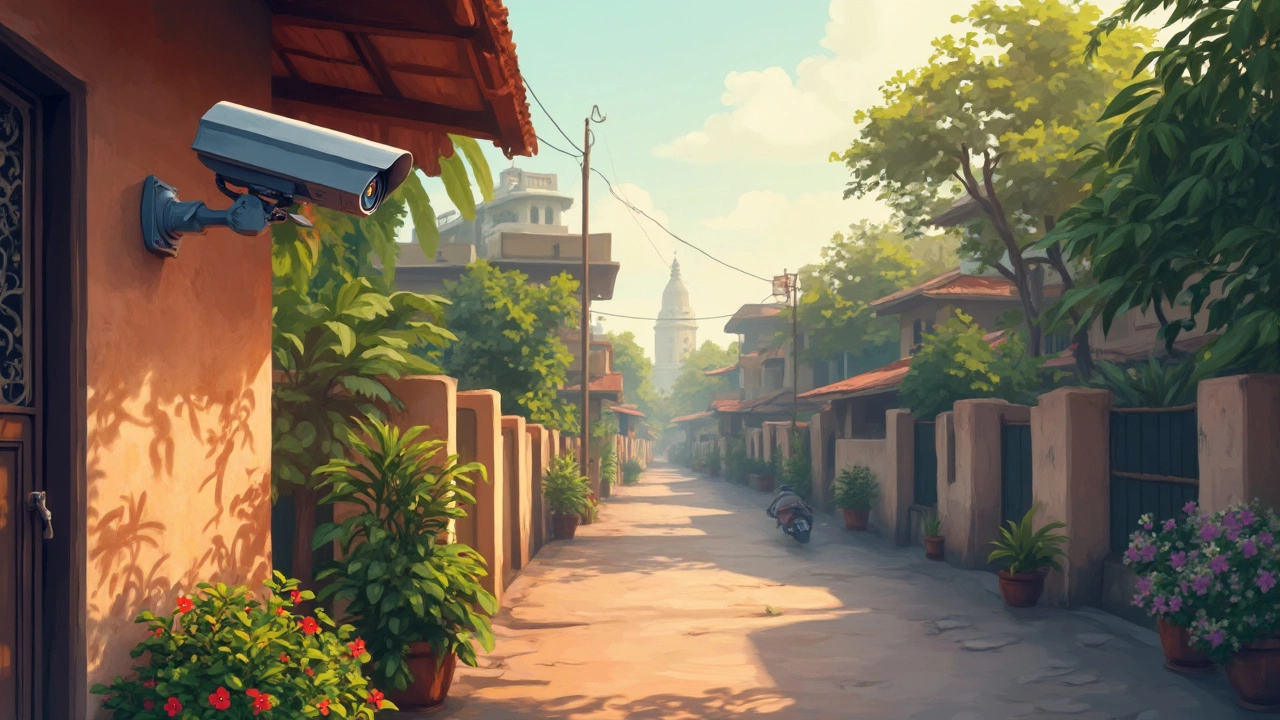CCTV Installation Guide for Mumbai Homes and Businesses
Thinking about adding CCTV? A good camera system can stop theft, keep an eye on kids, and give you peace of mind. In Mumbai the climate is hot and humid, so you need gear that can handle rain and heat. Below you’ll find the steps to plan, install, and maintain a solid CCTV setup without spending a fortune.
Planning Your CCTV System
First, decide what you want to watch. Are you protecting a storefront, a warehouse, or a small apartment? List the entry points, blind spots, and any areas that need constant monitoring. This list helps you figure out how many cameras you need and where to place them.
Next, pick the type of camera. Most people choose between dome, bullet, and PTZ (pan‑tilt‑zoom). Dome cameras blend in on walls, bullet cameras work well for long distances, and PTZ units can cover a wide area with a single device. For Mumbai’s streets, look for models with IR night vision and an IP65 rating – they stay clear even in monsoon rain.
Budget matters. A basic 4‑camera kit with 1080p resolution costs around ₹12,000‑₹18,000. If you need higher resolution, storage, or remote viewing, expect to pay ₹25,000‑₹45,000. Don’t forget a reliable NVR (network video recorder) or DVR for storage – a 1TB unit usually holds two weeks of footage at 1080p.
Installing and Maintaining Your Cameras
When it comes to mounting, keep cameras at a height of 8‑10 feet. This makes them hard to reach and gives a clear line of sight. Angle them slightly downwards to avoid glare from the sun or streetlights. Test the view on a smartphone or monitor before tightening the screws.
Running cables can be tricky in a crowded building. Use outdoor‑rated Ethernet cables and protect them with conduit where they pass through walls. If you prefer a wireless system, choose a model with a strong 2.4 GHz signal and place the router close to the cameras.
Power supply is another point to watch. PoE (Power over Ethernet) cameras get both power and video through a single cable, simplifying the install. If you use traditional cameras, run a separate power line and use a UPS (uninterruptible power supply) to keep the system alive during power cuts.
After installation, configure the software. Set up motion detection zones to avoid false alarms from moving trees or passing traffic. Schedule recordings – you might want continuous storage for high‑risk areas and motion‑only for less critical spots.
Maintenance is simple if you stay on top of it. Clean the lenses once a month with a soft cloth; dust and rain spots can blur the image. Check the firmware updates from the manufacturer regularly – they fix bugs and improve performance.
Finally, know the legal side. In India you can record video in public areas, but avoid pointing cameras directly at neighboring homes or private spaces. Display a sign that says “CCTV in operation” to keep everything transparent.
Whether you go DIY or hire a local pro, the key is clear planning, the right hardware, and regular checks. Follow these steps and your CCTV system will keep your Mumbai property safe for years to come.
